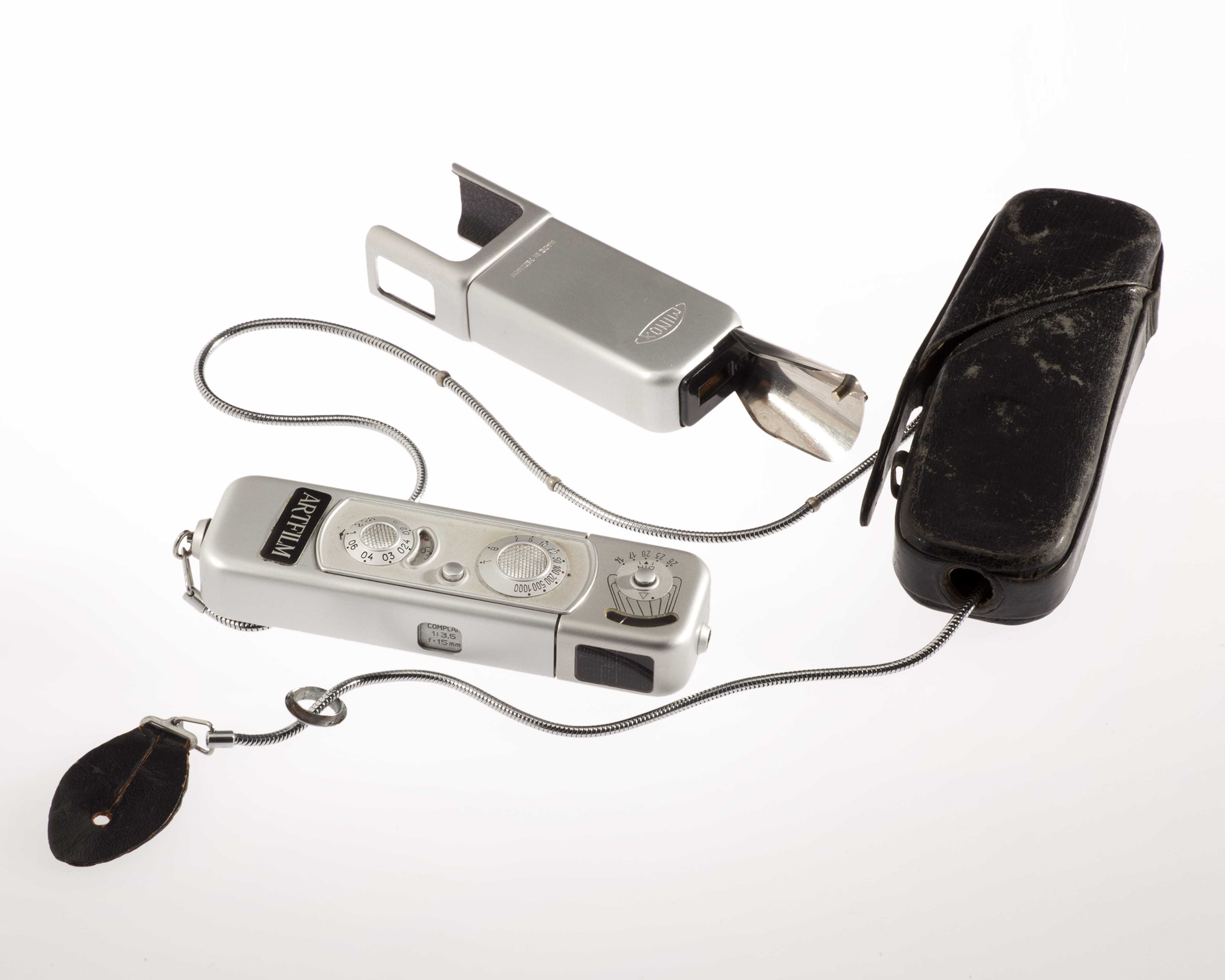Artifact Details

The easily concealed Minox B camera was a major development in photography and espionage tactics.
In 1936, Walter Zapp, a Latvian engineer, developed a portable camera that would fit easily into the palm of the hand and yet take high-quality, spontaneous pictures. The Minox subminiature camera, in its various models, was the world’s most widely used spy camera. When it first became available, the camera was considered a marvel of technology; it was originally made from steel in Riga, Latvia, from 1937 to 1944.
Minox used film one-quarter the size of standard 35-mm film, with 50 frames loaded in a cassette. The ultra-light aluminum-shell Minox B was produced from 1958 to 1972. Because of its small size, it was easy to conceal. It could take excellent photographs of documents at close range and was a natural for secret photography.
In 1969, the Minox C was introduced with an electronic shutter. It is no longer in production. Convicted KGB spy John A. Walker, Jr., used a Minox C to photograph sensitive National Security Agency codes.
Artifact Specs
10 cm x 2.8 cm x 1.6 cm
(L x W x H)
